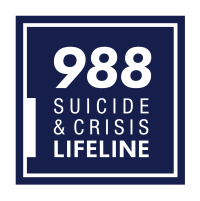
Photo from wikipedia
Background/introduction It is widely known that attempted suicide is the main risk factor for suicide and repeated suicide attempts. However, there is a lack of evidence for follow-up interventions/treatments reducing… Click to show full abstract
Background/introduction It is widely known that attempted suicide is the main risk factor for suicide and repeated suicide attempts. However, there is a lack of evidence for follow-up interventions/treatments reducing suicidal behavior in this population. The aim of the present study was to describe a novel-therapy as a potential treatment with effectiveness in reducing suicidal behavior. On of the main objectives of this project is to potentiate the benefits of the usual treatment in patients with history of suicidal attempt. Description and method “To live” is a proposal of short psychotherapeutic intervention program for patients with recent suicide attempts. The participants were randomly allocated in two groups, one worked as our control group (n = 8), which had the usual treatment (individual outpatient care), and the other group (n = 8) underwent the usual treatment plus the experimental treatment. This treatment consists of a well structured program, in which participants receive eight group sessions followed by regular contact through telefonic calls over 12 months. In order to evaluate its impact and measure results, a set of structured interviews and clinical questionnaires have been applied in different times: time zero (before admission), time one (in the end of the intervention), time 2 (1month after intervention), then at each every 3 months over a 12 month follow up period. Results/conclusion By the time this study was conducted, the experimental program was being administered, therefore no results could be taken. However, preliminary findings suggest the effectiveness of the program in reducing suicidal behavior in a real-world clinical setting. Disclosure of interest The authors have not supplied their declaration of competing interest.
Journal Title: European Psychiatry
Year Published: 2017
Link to full text (if available)
Share on Social Media: Sign Up to like & get
recommendations!